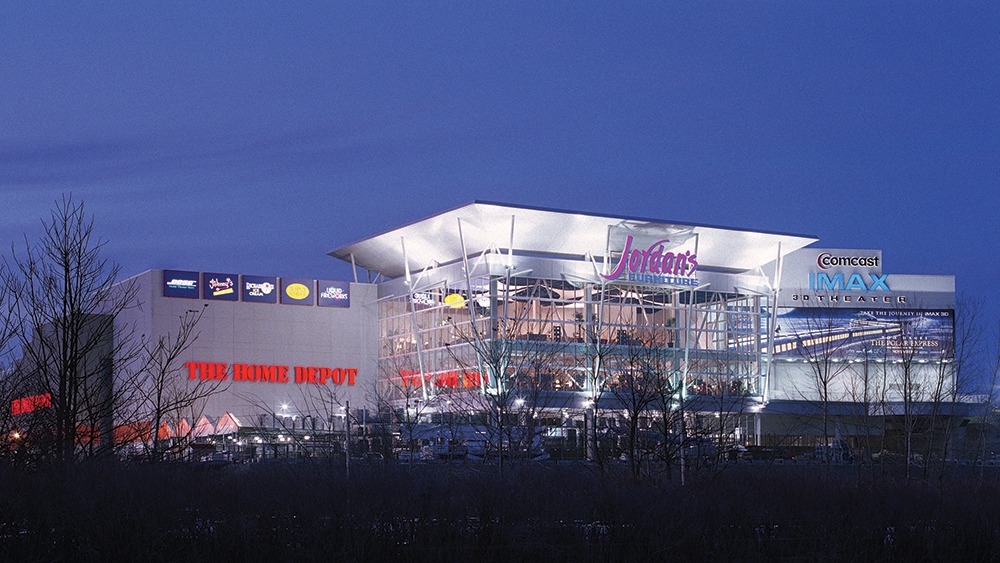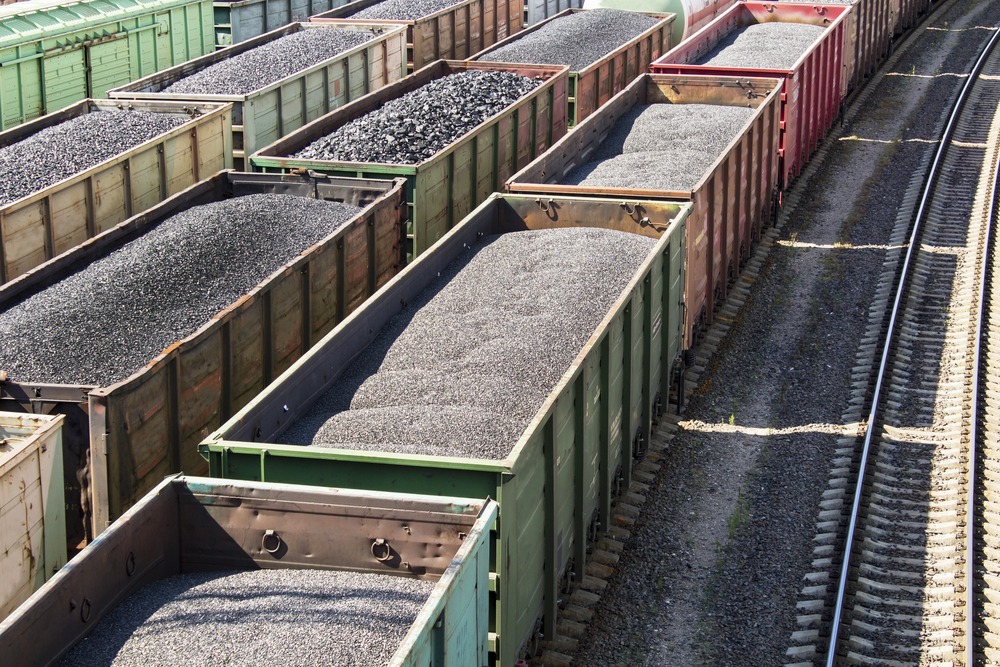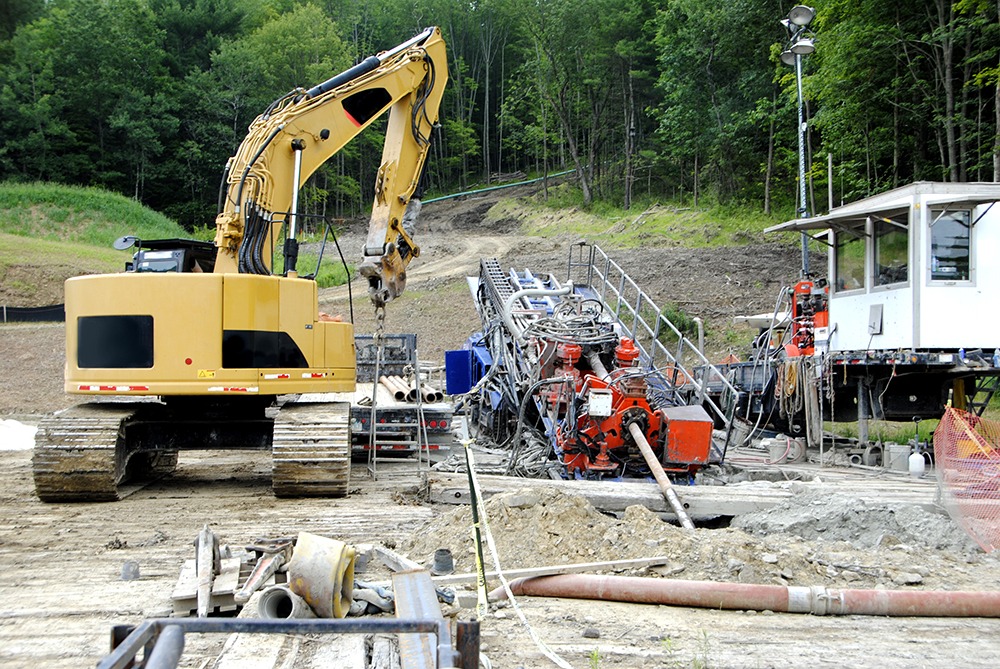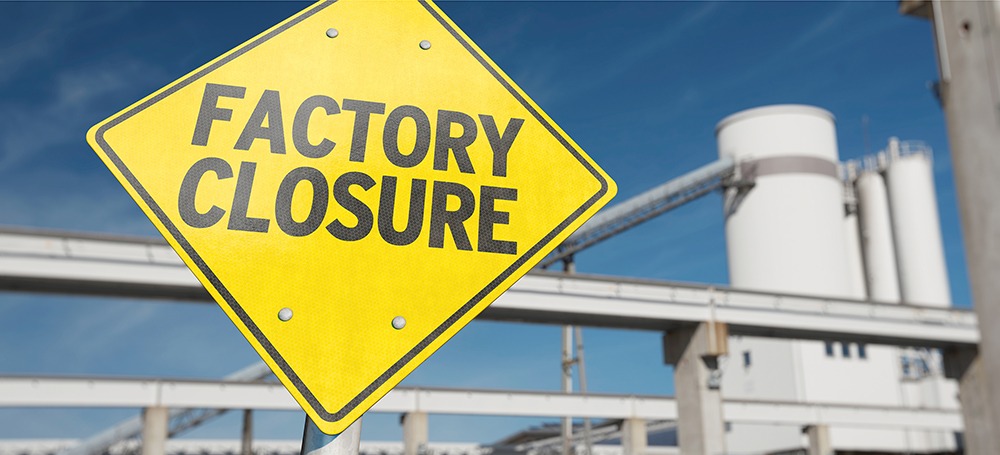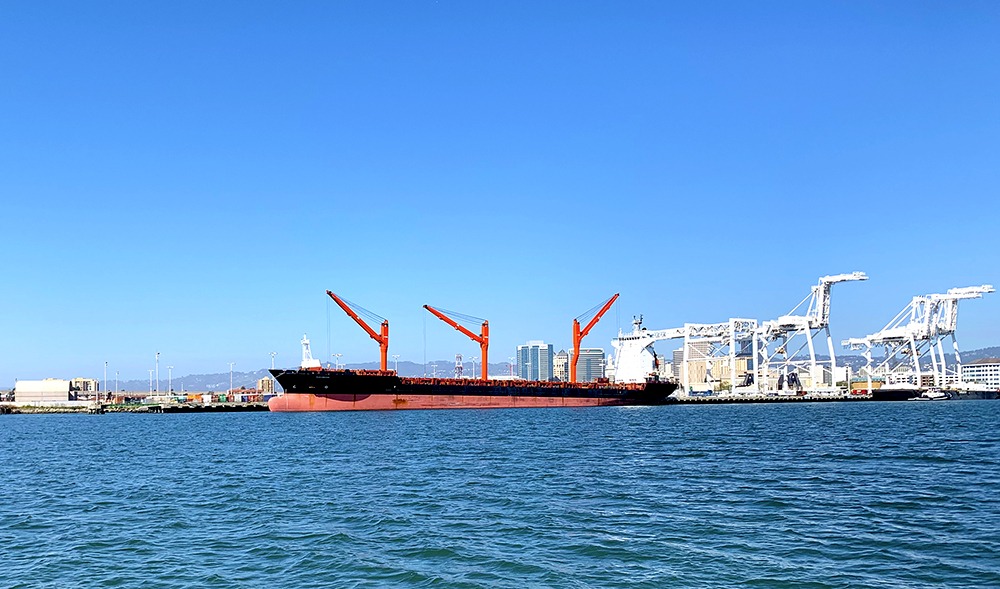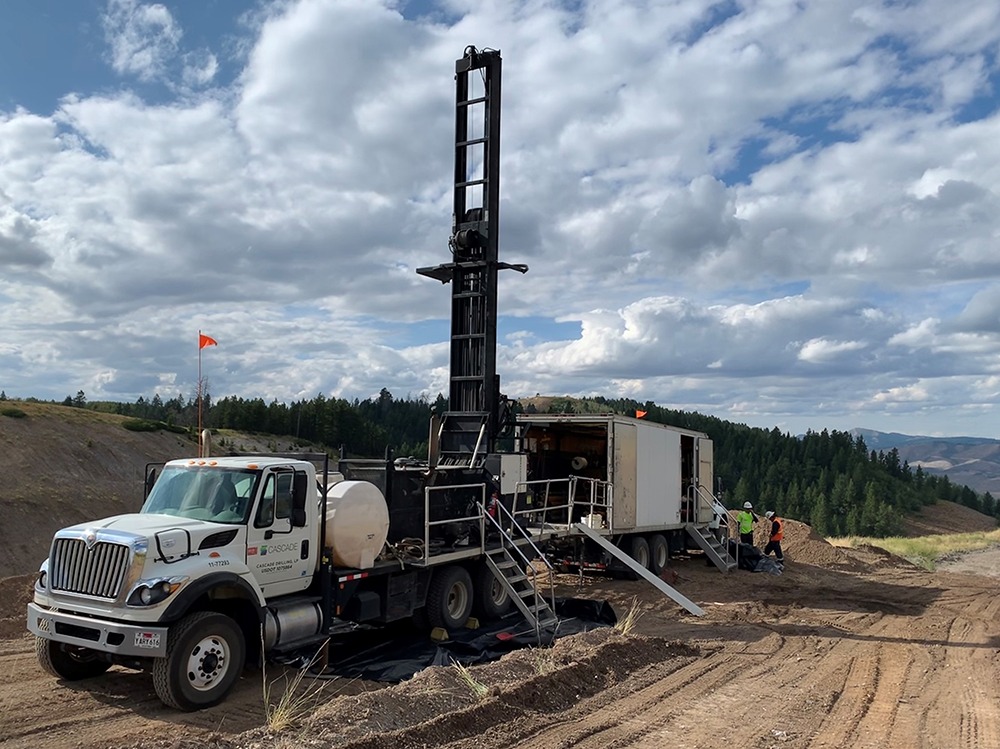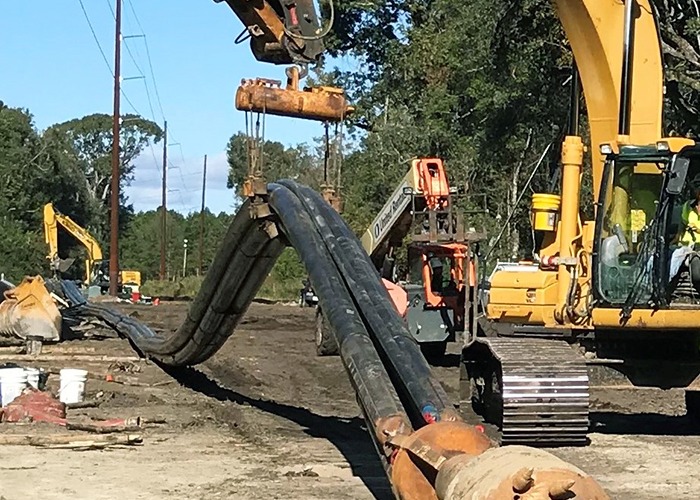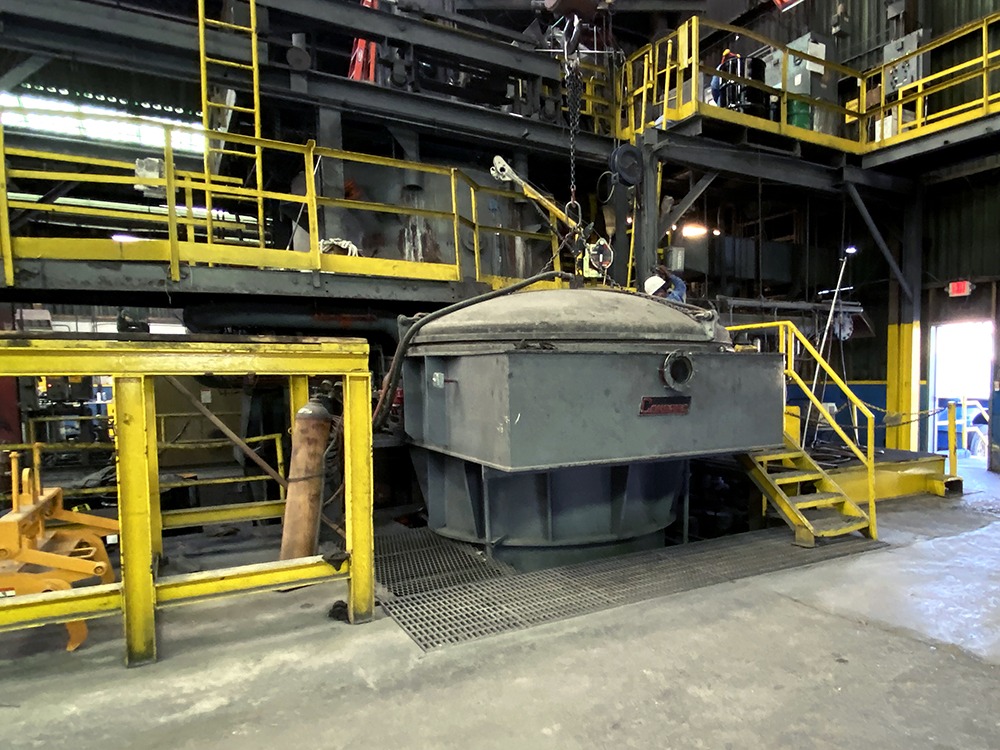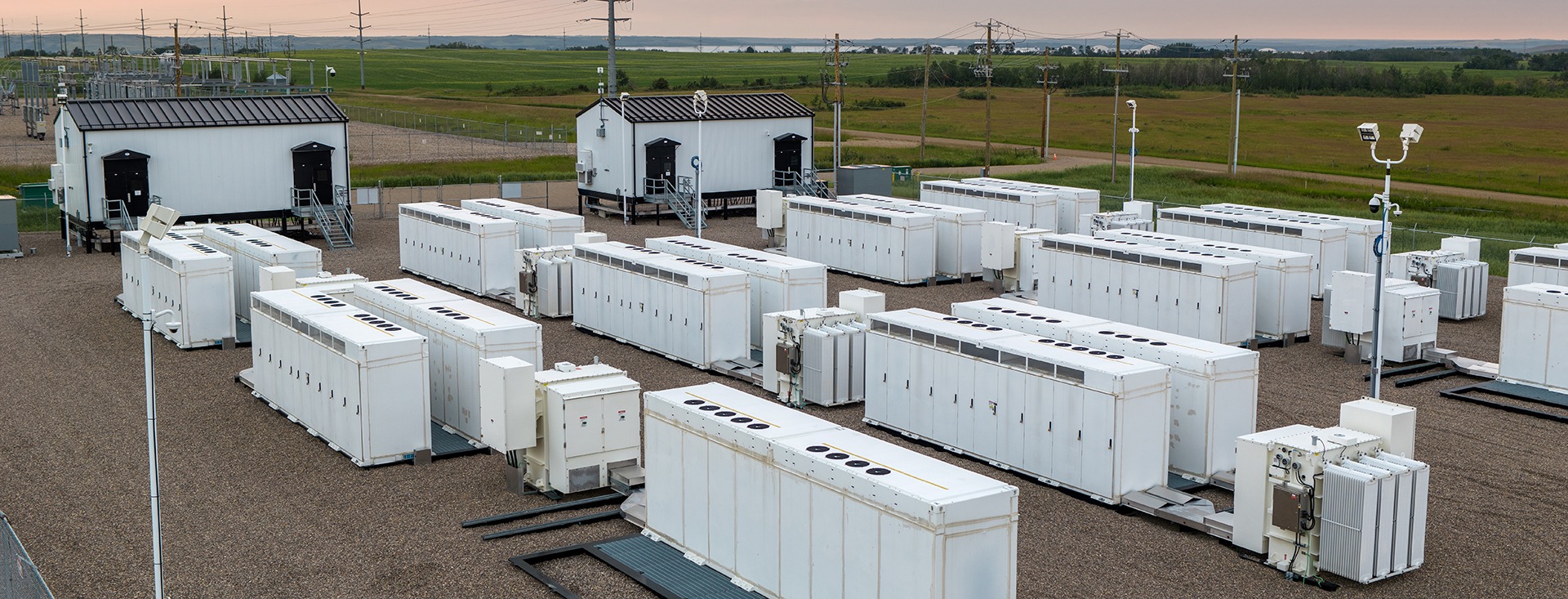
Energy
Hazard consequence analysis demonstrates safety of battery energy storage system for community
Summary
- A battery energy storage system (BESS) can make power grids more reliable. But communities have concerns about the potential for fires at these facilities.
- Our client sought permission from California’s San Bernardino County to build a BESS in an unincorporated community. Because of our experience evaluating hazards for a similar facility, the client asked Haley & Aldrich to assess its potential impact on buildings near the project site. In the absence of a prescribed regulatory framework, we tailored our investigation and report to the needs of the client and the community.
- Using safety testing data and the Environmental Protection Agency’s ALOHA software, we investigated under what weather and wind conditions, if any, a toxic chemical could travel beyond the project site’s boundaries.
- Of the scenarios we modeled, none showed significant potential for harming people or property off-site from a toxic plume due to a BESS fire. We presented our conclusions, which convinced regulators to let the project proceed, and laid the groundwork for our client and its neighbors to have a long and positive partnership.
Client challenge
Popular for their compact size and high capacity, BESS are becoming more common across the United States, where public utilities are required to store the excess energy they generate. Doing so alleviates strain on the power grid and promotes reliability during periods of peak demand.
But news of a BESS moving to town can ignite controversy among its prospective neighbors. Although rare, fires at these facilities have been well documented in local news reports and viral videos, fueling fears that have proven difficult to extinguish, despite the strict safety regulations many states have implemented. The technology of a BESS built today typically does not store or generate sufficient quantities of toxic material to endanger anything off-site in the event of a fire or thermal runaway, and it must incorporate comprehensive fire prevention, detection, and suppression.
Our client proposed to build a BESS on a 1.5-acre lot in an unincorporated San Bernardino County community in California. An apparatus with roughly the same footprint as a shipping container would store up to 160 megawatt-hours of electricity in lithium iron phosphate (LFP) batteries. Unlike the types of lithium-ion batteries most often implicated in thermal runaway events, LFP batteries do not produce dangerous concentrations of toxic gases that travel significant distances when they go into thermal runaway. Even though the facility would be equipped with some of the industry’s most advanced safety technology, before approving it the county required our client to assess the potential for adverse impacts on the residences, schools, and places of worship nearby.
Haley & Aldrich had conducted a similar evaluation for a BESS facility, one of the first of its kind, proposed for San Diego County. Our hazard consequence analysis (HCA) report had illustrated to regulators and concerned citizens that the project could safely proceed. Hoping for a similar outcome, our client commissioned Haley & Aldrich to prepare an HCA.
Our approach
California law requires BESS builders to evaluate the potential for hazards in the event of a fire. But it does not prescribe how to evaluate those hazards nor provide a format for reporting results. This flexibility let us tailor our work to the community members’ needs. We designed an investigation rigorous enough to ensure they’d be safe in both calm wind conditions and when the Santa Ana winds are strongest.
We began with a thorough review of the manufacturer’s specifications and testing data. This mandated information documents, among other things, the chemicals a battery may release during a fire or thermal runaway event. With this data in hand, we used the ALOHA software to investigate under what weather and wind conditions, if any, a toxic chemical could form a cloud and travel beyond the project site’s boundaries. Of the scenarios we modeled with different weather conditions, none showed significant potential to harm people or property off-site.
Naturally, our client welcomed this news — but the critical and challenging work of reporting it still lay ahead. We tailored our approach to the audience. Our HCA included detailed technical descriptions and analysis. But for emergency responders and the public, we created a supplemental one-pager that summarized key information in succinct, simple language and clear visuals.
Value delivered
- Demonstrated that a chemical release was unlikely to impact neighbors, even under the worst possible weather and wind conditions — convincing the regulator to allow the project to move forward
- Brought our expertise and experience — rare in this emerging area — to design an HCA investigation and report
- With thorough analysis and thoughtful communication, laid the foundation for our client and the project site’s neighbors to have a long and positive partnership
For more information, contact:

Senior Technical Expert

Technical Expert, Health and Safety




